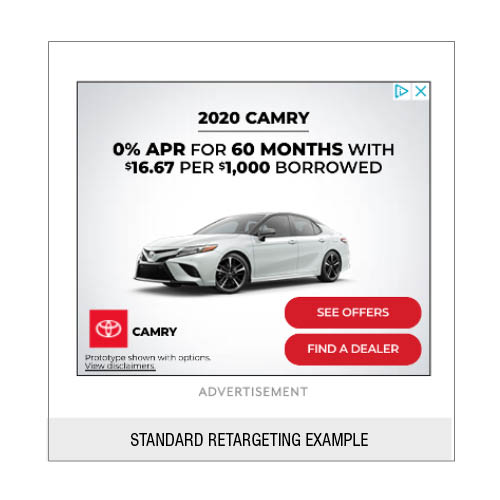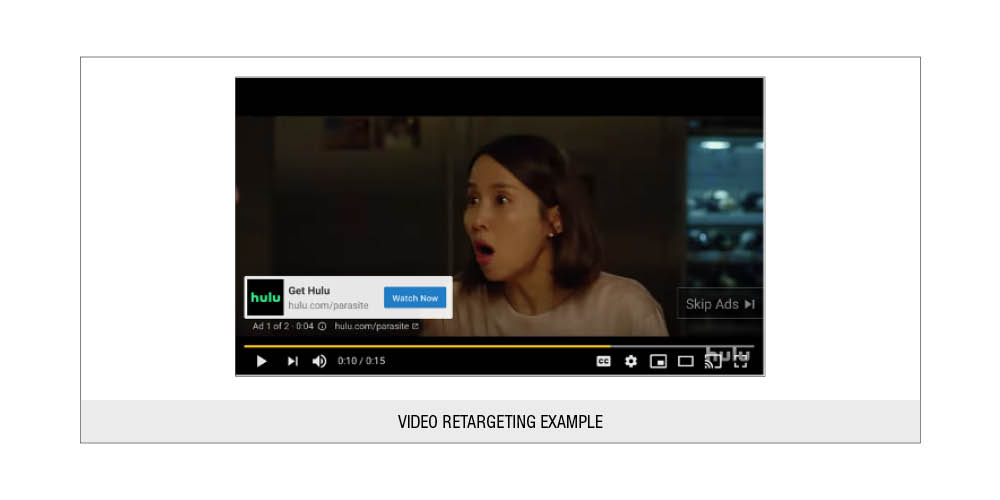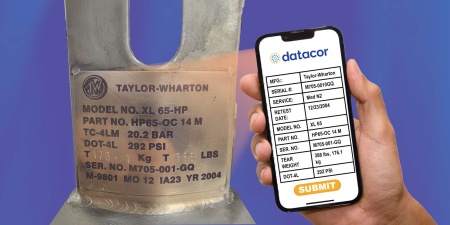There is a scene from the movie Minority Report where, as Tom Cruise’s character is walking through a mall, he looks into a retinal scanning device and suddenly starts seeing and hearing digital ads personalized to him. Over the buzz of people talking and promotional messages, one digital sign announces “John Anderson, you could use a Guinness right about now.” Pretty cool stuff!
Although Minority Report was made in 2002 and set in 2054, much of this technology is becoming reality. That is what this article is about – digital advertising targeting technology.
As with most topics in digital advertising today, this is a big one and, to keep from putting my GAWDA member friends to sleep, I’ll limit this conversation to display and video retargeting ads.
Retargeting Overview
Have you ever visited a website, placed a product in your shopping cart and then left without checking out? Later that day, and for the next several weeks, you may notice that ads from that site featuring the exact same product are following you around the internet. That’s an example of a retargeting ad.
Retargeting, also called remarketing, is used to convince someone that has engaged with your website, social content, YouTube videos or email content, to take an action like completing a checkout, visiting your store, engaging with your sales team, or buying a related product.
Retargeting is intended to keep your brand top of mind and lower a customer’s or prospect’s resistance to reengaging. This is really important, especially when you consider that 96% of website visitors are not ready to buy or engage just yet.
Tracking Pixels
How does retargeting work from a technical standpoint?
Website owners place tracking pixels on every page of their websites. These snippets of code allow them to track what pages you visited, how much time you spent on the different pages, if you revisited a page and the items in your shopping cart. All of that data is sent to various ad networks.
Pixels allow website owners to create a list of anonymous users (an audience) that have taken certain actions. Advertisers can then create and share ads tailored to each audience on the various ad networks.
Ad Networks
There is an entire industry built around selling ad space on websites, apps and other online platforms including social media.
Google’s Display Network and Facebook are two of the industry’s giants. Google’s Display Network has the ability to reach 90% of internet users, with 65% reachable in a single day. They serve over one trillion ad impressions to over one billion users every month. Facebook has approximately 1.6 billion users, with over a billion logging in daily.
Couple that reach with powerful targeting technology, and you can easily imagine walking through that mall alongside John Anderson (Tom Cruise) and being peppered with ads from your favorite brands.

Standard Retargeting
With standard retargeting, we can show display ads to people that have previously visited your website or people that have previously searched Google for a specific keyword phrase.
Display ads are typically one of six standard sizes and can be shown on websites, social platforms, and apps.
The message of most standard retargeting ads is related to something we did or saw online. Above is an example of an ad I started receiving after checking out deals available on Toyota’s website.
Let me restate an important point mentioned above, in case you missed it. We can show ads to people that have previously searched Google for a specific keyword phrase. This point alone is worth the time you have invested in reading this article, so far.
Sure, you could show ads to people that have searched Google for a product you sell, but you could also show ads to people that have searched for a competitor by name. That’s right, you can send ads to your competitors’ customers. This is really powerful.
As an example, we recently ran a program for an HVAC distributor with three locations. In the program, we targeted people that had searched Google for their competitors’ names, as well as keyword phrases that would only be of interest to HVAC technicians – part numbers of equipment error codes.
After six months, we had attracted over 1,100 visitors to the website and converted 27. Conversions were defined as credit applications submitted, phone calls to the business or training class sign ups.

Dynamic Retargeting
Like standard retargeting, dynamic retargeting serves display ads to past website visitors on websites and apps. The difference is that dynamic retargeting ads are customized to you based on, for example, an item you left in your shopping cart. Above is an ad I started seeing after searching for tools to help install my boat dock. I had placed that winch, left-most image, in my cart, and then left the website without completing the purchase.

Video Retargeting
YouTube video retargeting ads are an extremely affordable and effective way to show ads to people that have either previously visited your website or viewed one of your videos on YouTube.
YouTube ads can be shown before or during a selected video, or as a thumbnail on the right side of YouTube. Video ads are typically related to products or services you have viewed in the past. Above is an example of a Hulu ad I saw after visiting Hulu’s website.
We have found YouTube to be great for increasing brand awareness. In one case, we saw a 50% increase in brand related traffic to our clients website when we ran ads in the areas they serve.
Creating video ads is getting much easier and less expensive. Here’s an ad we built for DeIORIO’s – a pizza dough manufacturer (https://bit.ly/deiorios). We created this video in about two hours using YouTube’s Video Builder product. It’s in beta right now and you must request permission to use it, but it’s clear that the cost is being driven out of creating video ads.
Conclusions
Ad targeting technology has advanced rapidly over the past few years, and there is no sign that it will slow down soon. Although once thought of as a business-to-consumer marketing tactic, retargeting display and video ads are extremely effective for business-to-business companies and should be considered by GAWDA members.
With website conversion rates hovering at around 2%, the ability to show ads to past visitors with the goal of getting them to reengage is extremely valuable. Retargeting allows companies additional opportunities to strengthen their brand. With a little creativity, you can target your competitors’ customers and attract people based on their interests and actions online.










